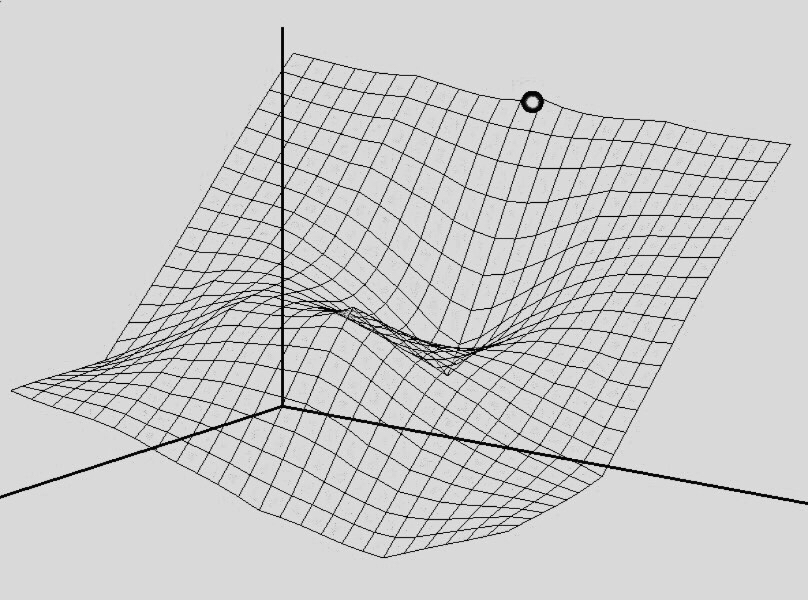David Talmy, Stephen J. Beckett, Darcy A.A. Taniguchi, Corina P.D. Brussard, Joshua S. Weitz, and Michael J. Follows (2019), An empirical model of carbon flow through marine viruses and microzooplankton grazers, Environmental Microbiology, doi: 10.1111/1462-2920.14626
Get the PDF [Requires login]










